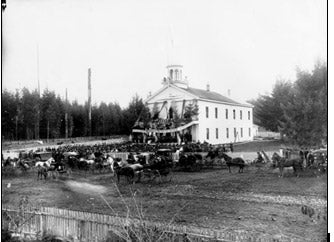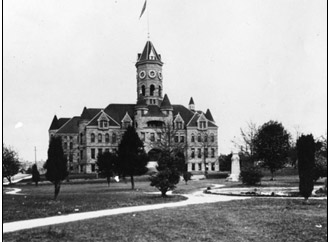Washington State Library closure
Due to loss of funding, the Washington State Library in Tumwater is closed to the public starting July 1, 2025. We will respond to phone and email messages within one week. Learn more about services beginning July 1, 2025.

